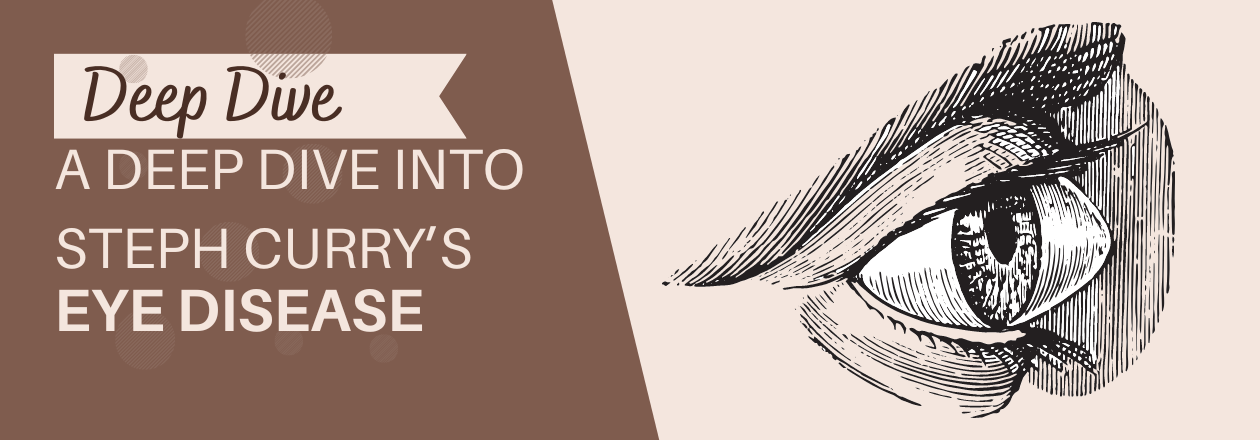Keratoconus is a disease that affects the cornea and has become a common talking point because it is Steph Curry’s Eye Disease. The cornea is the clear, dome-shaped coating over the front of the eye. The cornea helps to focus light into the eye. With keratoconus, the cornea thins and beings to bulge out like a cone. Since the cornea has a different shape, the light rays that enter the eye become out of focus making vision blurry and distorted.
What Causes Keratoconus?
Currently there is no known cause for keratoconus. In some cases, it appears to be genetic. About 10% of people with keratoconus report a parent with it too. Keratoconus does have some associations which include:
- ocular allergies
- excessive eye rubbing
- connective tissue disorders such as Marfan syndrome and Ehlers-Danlos syndrome
What are Symptoms of Keratoconus?
Keratoconus typically starts in young people, late teens to early 20s. However, vision will slowly get worse over the next 10 to 20 years. Most of the time, both eyes are affected. Symptoms may be different in each eye and change over time.
The early symptoms of keratoconus include:
- blurred vision
- distorted vision, lines appear wavy
- light sensitivity
- redness or swelling
Symptoms of late-stage keratoconus include:
- more blurred and distorted vision
- increased astigmatism
- contact lens intolerance
Now, it usually takes years for keratoconus to progress from early to late stage but for some people it can deteriorate much faster. The cornea can start to suddenly swell which leads to scarring which has a big impact on vision.
Keratoconus Treatment
Currently, treatment for keratoconus depends on symptoms. So, if symptoms are mild, vision can usually be corrected with glasses or soft contacts. As the disease progresses, special hard contacts may be required to help keep vision clear.
So, here are a few other ways to treat keratoconus:
- Intacs: This is a small, curved device that is inserted into the cornea. These devices help to flatten the curvature of the cornea to improve vision.
- Collage cross-linking: This is where UV light and riboflavin (vitamin B2) drops are used to help strengthen the cornea. Now, this will not reverse any thinning or protruding that has already happened but will help prevent it from bulging any further.
- Corneal transplant: This is the last option. So, if symptoms are very severe or there is a lot of scarring, corneal transplantation may be suggested. The diseased cornea is replaced with a healthy donor cornea.
Now, I have had several patients with Keratoconus ask if they could have LASIK. Therefore, LASIK is not good for Steph Curry‘s Eye disease, or other eye diseases similar to his.
So, If you are concerned that you may have keratoconus, bring it up with your eye doctor. Getting annual exams with also help catch keratoconus at early stages where other treatment options are still available to us.
